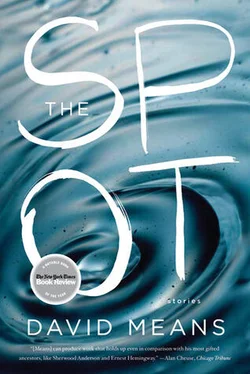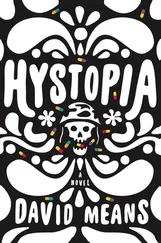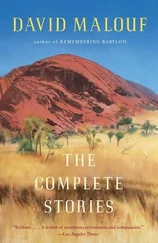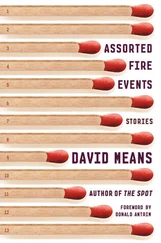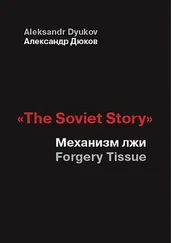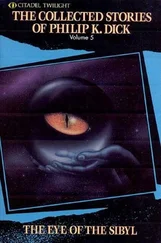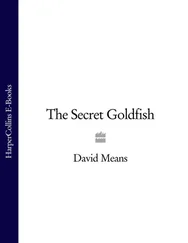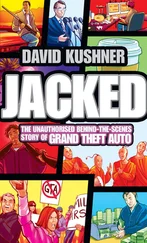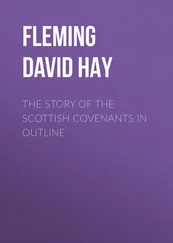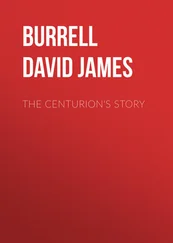Dead faces, Collard thought, often spoke to the world, sending out final messages that were surprisingly heartfelt and concise. Dead lovers wore the betrayed smirks of the heartbroken. Dead adulterers had a worried cast to their mouths. The murdered had the silent look of the betrayed, glancing to one side or the other to indicate the direction of the perpetrator’s flight. The tortured held their lips as wide as possible at the arrogance of the living, wanting above all to arrange for a conversation with the future. But the victim of the crime down in the gulch seemed to say something else: his face was resigned and silent and nonassuming. (Collard was fully aware that it was easy to see something that wasn’t there, just as some drifter had found the Virgin Mary in a viaduct in Detroit last winter, recognizing her face in a splotch of salt and snow splatter cast up against the cement pylon by the passing snowplows.)
Collard — who was big on fishing — had a theory that the truth always sat deep, waiting to be snagged and brought to the surface. With the boys in this case, he would later think, his technique had been off. His voice had cracked, his words had arrived unstable. The boy, Stanton, was not exactly cocky. But he was unusually sure-footed and assured when he said that he had nothing to do with the crime, that he had stood to the side while the other kids performed the rites; he had done nothing except pass, at one point, the spikes over to Bycroff, who held them while someone else, maybe Highsmith, maybe not, because he wasn’t really looking, pounded them in with the croquet hammer.
Bycroff blamed Stanton, who in turn blamed Highsmith, who went around himself to point his finger at Bycroff in what most detectives traditionally call the golden hoop of blame. This three-way tag of culpability seemed particularly fine to Collard, who had gone so far as to hold the actual gag bandana up in Rudy Highsmith’s face during his interrogation. A green, snotstiff cloth that, when unknotted and straightened, still seemed to hold, in the wavelets of its hardened folds, a residue of the victim’s last words.
It was impossible to imagine such agony without inflicting some on yourself, Collard thought, and listening to descriptions of the event during the trial, he bit his nails to the quick just to find some small amount of pain from which to extrapolate the rest. Most in the courtroom did something to this effect. The jury box was stuffed with nail chewers. Lawyers snapped their fingers under the clamps of their clipboards; reporters in the gallery dug their fingers into their arms, pinching hard, as if to check their consciousness. Most imagined the suffering as a dreary succumbing to the knowledge of the pain, an almost delirious unknowing state as the nails came through, the first bloom of pain, and then a feeling of being fixed there, yielding to something soft and — at least the way Collard imagined it, still thinking in terms of the laundry on those lines — fluffy and smelling of starch. What did it mean, some of the jury wondered, to lay claim to the idea that the boy was not suffering as much as one expected? In an attempt to lighten the immensity of the crime, a pain expert was brought in to testify that the body did have certain chemicals that came to the defense of the afflicted in this kind of situation. (Torture, on the other hand, was a matter of countering the body’s natural opiates, of inducing pain incrementally, with a finesse that worked around these chemical defenses.) The boys, in their quick, careless plunge into the heart of whatever it was, darkness or evil (the prosecution couldn’t exactly decide), had nailed the boy to the cross hard and fast, producing a flush of suffering that had produced a flood of endorphins. Shock was nothing but the deepest joke on consciousness, and when this boy, on that cold fall night, was faced with spikes — through his hands and legs, as he twisted up against the face of the juryrigged cross — he flew the coop, so to speak, and became nothing but a vapor of soul stuff who just so happened to inhabit a body that was, at that moment, being crucified. (The defense argued.)

If anyone had to confront the issue at hand it was the coroner, Samuel Kelman, because Bay City seemed to produce a disproportionate number of accidental body piercings: boys fell onto implements, impaled themselves through playful jousting, and were samuraied through the gut with a frequency outside the bounds of normalcy. The coroner took care to avoid an inclination he had to find pleasure in the absurd deaths of those who lay on the slabs for examination. These stunts were generally pulled during the night. Attempts were made to defy physical law. Stupidity was like dust, or the earth itself. He drove home that evening — after the examination of the boy’s body, making note of the spike holes, the gash along the mouth, the stress fractures in the wrists; making note of the fact that the boy had died at approximately three in the morning. Driving home, listening to Schubert on the car stereo, he considered the bloodless silence of the boy’s open eyes (which he shut), fixed upward, and the paradigmatic (was that the word?) palm holes. The boy’s body — slightly glistening, with dimples of fat along the waist — seemed to hold a gentle repose, as if giving in to gravity. (Most of the time a body, during the first hours after death, lifted away from the surface of the table, as if barely tethered. A soul-empty body seemed as light as a seedpod, the brittle shell of a cicada.) Of course, he was seeing what he wanted to see in those eyes, pale and sad, somewhat elegiac, dark gray with a bit of blue around the senseless dilation of the pupils. On the way home — glancing over at the dreary waters of the Saginaw River — his thoughts ranged from puncture wounds to tetanus and then landed naturally upon the one time he had himself been impaled. This was in a town called Branford, near New Haven, Connecticut, goofing around with his buddies, walking barefoot along a breakwater of cemented boulders, enjoying the sense of being sure-footed against the wind gusts, which were coming hard off Long Island Sound that morning, when he felt something impinge upon his foot. A strange tingling sensation; nothing painful until he looked down and saw the point protruding near his toes. Then he became aware of a numb pain, remote and far off. He began running in panic, the board flopping like a wooden clog while his friends laughed and taunted him until it became clear to them what exactly was going on: He had gone into that realm few kids entered but all thought about. He had stepped on the proverbial nail. (In the car he tried to make sense of the physics of the accident, calculating the amount of force it would take to send a nail all the way through his foot, adding to the formula the fact that he had been stepping hard on the rocks at the time, doing a jaunty balancing act for his friends, until the nail sank in near the forefoot, up far enough to allow it to slide between the metatarsals.) What he could remember more than anything was the odd sense of reorientation the nail had given him, a Polaris of pain, until one kid yanked it out while another held his foot, and he, in turn, unleashed a high seagull scream that sent real gulls sweeping up off the beach and into the sky.
None of the boys attended a church or had any formal religious education. All three devoted their spiritual energies to killing time, going up to the beach to smoke hash, or over to Detroit to smuggle beer across the bridge from Canada, loading it up by the case and transporting it past the lackadaisical border guards. Into the gap these facts formed, folks inserted wedges of philosophical thought and tried to avoid the possibility that the reenactment of a two-thousand-year-old event was pure senselessness on the part of teenagers who in no way meant to crack the universal fabric and urge a messianic event on the world. One commentator on a cable news channel argued that it was important to consider the possibility that these boys, in what was certainly a scattershot approach, were trying to find a way to grace. Good boys from good families had dragged the victim — there was a double-rut line of heel marks from the main road down into the gulch — to the spot under a clear, star-filled, late-fall sky, dug a hole with a fold-up entrenchment tool, and erected a cross, without really thinking. One professor at the University of Michigan made a connection between the trench shovel, the poetry of Wilfred Owen, and the Great War, and argued falsely that the soil in Michigan — glacial gravel in the gulch, with remnants of Lake Erie bed fossils — was close in consistency to the bottom of the trenches at Verdun. Another professor, hearing the story reported on the nightly news, brought forth Walter Benjamin’s theory of a messianic cessation of happening. He tried to draw (with shaky logic) a parallel between the mock event, the young ruffians (his words) putting their friend up on the cross, and Benjamin’s concept of a “revolutionary chance in the fight for the oppressed past.” The deep impulse these kids had was to begin a conversation with the knowable universe and the unknown, hidden part that can be seen only when you rend space-time, he said, throwing his arms wide open before the class and then, composing himself, laying his hands flat on the desk, staying like that for a moment until — as was his habit — he reached up to adjust the dimple of his tie, pulling it tight at his throat. The students, who were used to these sudden outbursts, sat back in their chairs and glanced at one another. They were close in age to the kids in the gulch and found it hard to imagine that these fuckups, probably stoned out of their minds on crystal meth, had anything grand in mind.
Читать дальше
